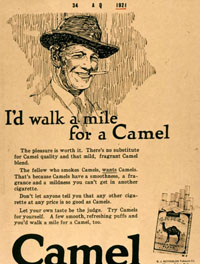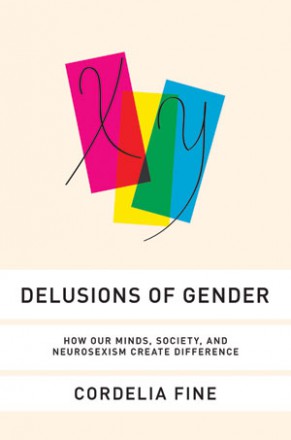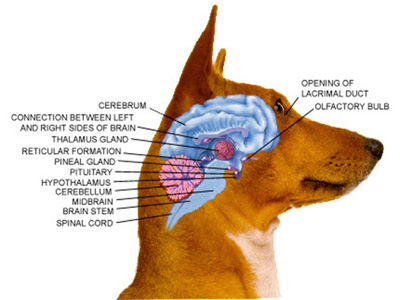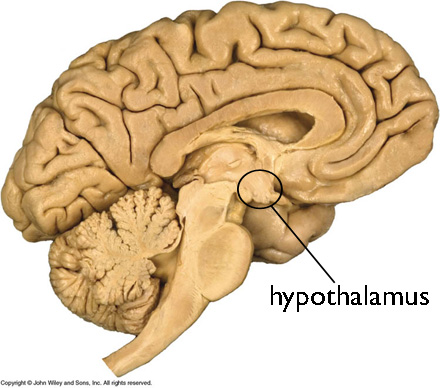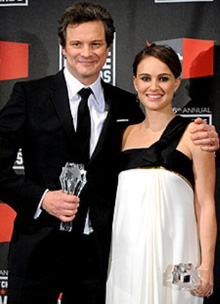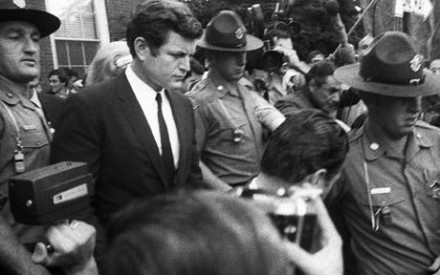We were on the train to Salt Lake City, the student and I. She was considering a neuroscience minor, and I wanted to introduce her to some high-powered neuroscience at the next opportunity.
Our college/working class town doesn’t have much in the way of neuroscience lectures, but luckily, the University of Utah’s Brain Institute is only an hour’s train and light rail ride away, and so we were on our way down to hear an old friend, Dr. Ed Rubel, speak on his research.
Rubel is one of the smartest guys I know, and he’s a wonderful and engaging speaker. I’ve known him since 1985, when I came to work with my postdoctoral advisor, Dr. Vivien Casagrande.
We arrived early, and waited in the lecture hall. As we became bored with watching the proper connections being made to make Rubel’s slides display on screen, I was explaining to Megan, the prospective neuroscientist, my connection to Rubel.
“Well, Ed Lachica was a graduate student in Casagrande’s lab at the same time I was a postdoc,” I explained. “Ed Lachica went to Ed Rubel’s lab for his postdoc, after he finished his degree with Vivien. So I suppose Ed Rubel is like my scientific father-in-law, if Ed Lachica and I are sons of different fathers.”
She laughed. This seemed complicated, and a little bit strange to her, I could tell.
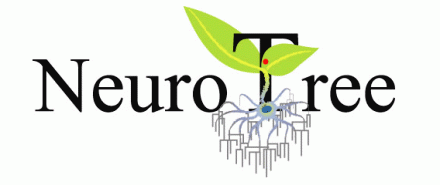 “Neuroscientists are all connected, one way or another. In fact, there’s a website called NeuroTree where they compile the connections and display them as a sort of ‘Neuroscience Family Tree’.”
“Neuroscientists are all connected, one way or another. In fact, there’s a website called NeuroTree where they compile the connections and display them as a sort of ‘Neuroscience Family Tree’.”
This seemed fantastical to her, so I whipped out my iPad and proceeded to show her.
As I did, as if on cue, another neuroscientist/educator, Suzanne Stensaas, was chatting with Rubel.
“We’re brother and sister, I think,” she was saying.
Megan’s eyes opened wide in amazement. My credibility increased then and there.
Yes, there is a NeuroTree. The entries there are all made by contributors, to avoid a certain kind of vandalism or perhaps even the claim of a false connection. I’m on there, as are most of my colleagues, and if you want to see how we’re connected, then you can go there too.
It allows for a neuroscience version of the “Kevin Bacon game” or “Six Degrees of Kevin Bacon” (a takeoff on the meme “Six Degrees of Separation“) where one tries to construct a path with the minimum number of steps between Kevin Bacon and anyone
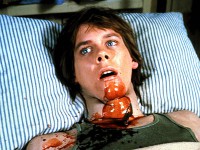 Me (Bowling for Boobies) →
Me (Bowling for Boobies) →
1. Jane Wiedlin (“Bill & Ted’s Excellent Adventure“) →
2. Clifford David (“Pyrates“) →
3. Kevin Bacon! Just three degrees between me and Kevin Bacon!
or Kevin Bacon and anyone in Hollywood.
How many steps between me and Rosanne Cash? Fourteen!
James B. Hutchins (Weber State University)
| (grad student for)
Frank S Werblin (University of California, Berkeley)
| (grad student for)
John E Dowling (Harvard University)
| (grad student for)
George Wald (Harvard University)
| (trained grad student)
Merle S Bruno (Hampshire College)
| (grad student for)
Donald R Griffin (Harvard University)
| (grad student for)
Karl Spencer Lashley (Harvard University)
| (grad student for)
Robert Mearns Yerkes (Yale University)
| (trained grad student)
Kenneth W. Spence (Iowa University)
| (grad student for)
Clark L Hull (University of Wisconsin)
| (trained grad student)
Neal E. Miller (Rockefeller University)
| (trained grad student)
Gordon H Bower (Stanford University)
| (trained grad student)
Douglas L Hintzman (University of Oregon)
| (trained grad student)
Daniel J Levitin (McGill University)
| (close friends with, appears in video with)
Rosanne Cash
(I had no idea I was so close to Karl Lashley. There exists no engram in my brain for that information.)
Feel free to post below if you think we’re “related”.
